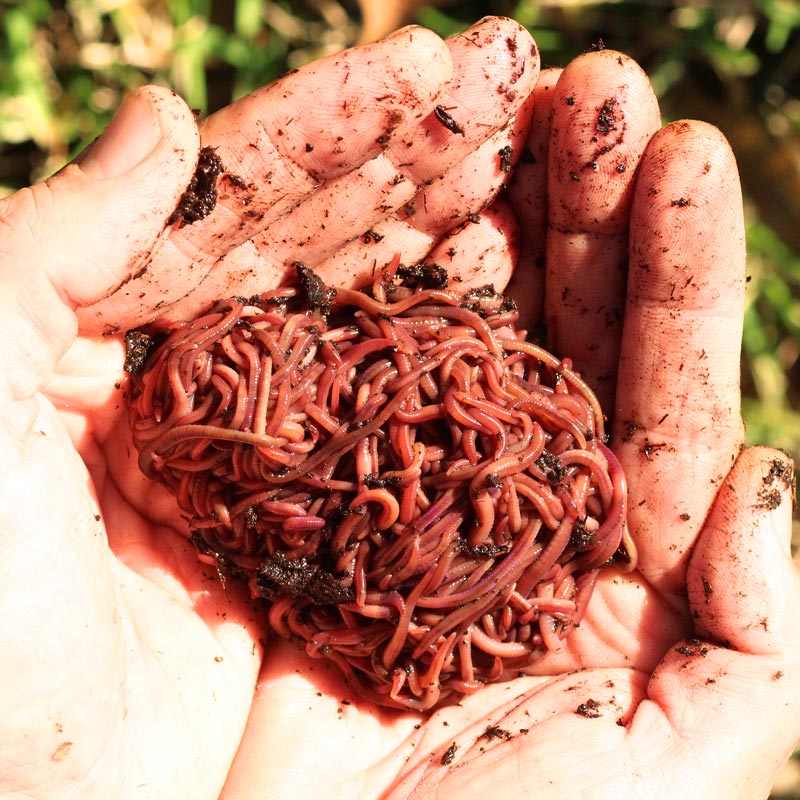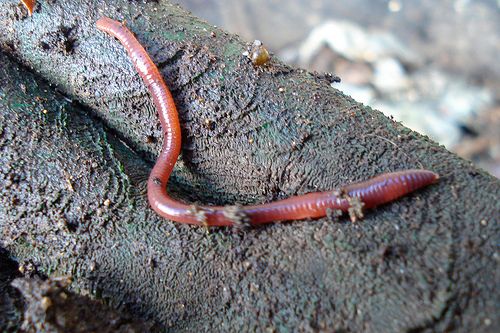Red Wiggler Worms - All-natural Remedy for Environment-friendly Composting
Taking Full Advantage Of the Benefits of Red Wiggler Worms: A Comprehensive Handbook for Home Gardeners and Urban Farmers
In the realm of lasting horticulture methods, red wiggler worms stand as unsung heroes, silently changing organic waste right into nutrient-rich spreadings that can work wonders for soil wellness. By exploring the ins and outs of how to properly care for and make best use of the advantages of red wiggler worms, individuals can open a wide range of opportunities for enhancing the sustainability and productivity of their horticulture undertakings.
Understanding Red Wiggler Worms
Red Wiggler worms, renowned for their reliable composting abilities, are a varieties of earthworms widely used in vermiculture techniques. These worms, scientifically referred to as Eisenia fetida, grow in decaying organic product, making them excellent candidates for composting (Red Wiggler Worms). Red Wigglers are starved eaters, with the ability of eating their very own weight in natural waste daily. Their digestive process breaks down raw material into nutrient-rich spreadings, which are a beneficial source for enriching soil and promoting plant growth.
One secret characteristic of Red Wiggler worms is their reproductive rate. These hermaphroditic creatures have both male and women reproductive organs, permitting them to duplicate quickly under favorable conditions. A mature Red Wiggler can create several offspring in a short period, making sure a stable population within a composting system.

Establishing a Worm Container
When developing a worm container for vermiculture objectives, proper prep work and attention to information are necessary for producing a favorable atmosphere for Red Wiggler worms. Begin by selecting an appropriate container for your worm container. This can be a plastic or wood container with a cover to keep moisture levels and safeguard the worms from light. Make sure that the container has water drainage openings at the base to avoid waterlogging.

Location the worm bin in a great, dark area away from direct sunlight and severe temperatures. Consistently keep track of the wetness degrees, adding water if the bedding feels half-cracked or completely dry. Feed the worms a well balanced diet regimen of vegetables and fruit scraps, preventing citrus fruits, onions, and spicy foods. By following these steps, you can establish a growing worm bin that will successfully process natural waste right into nutrient-rich vermicompost for your garden.
Feeding and Keeping Worms
Making sure a well balanced and nourishing diet is essential for the health and wellness and efficiency of Red Wiggler worms in a vermiculture system. It is crucial to stay clear of feeding them citrus fruits, onions, garlic, milk items, meat, and oily foods as these can be unsafe to the worms or create undesirable smells in the container.
Correct wetness levels are likewise important for the wellness of Red Wiggler worms. By diligently checking their diet plan, dampness, and ecological conditions, home garden enthusiasts and urban farmers can maintain a effective and healthy Red Wiggler worm populace for composting functions.
Collecting Worm Castings
To efficiently remove nutrient-rich worm castings from the vermicompost, an organized harvesting process is essential for taking full advantage of the composting advantages. Red Wiggler Worms. The initial step in gathering worm spreadings is to encourage the worms to move to one side of the container. This can be achieved by putting fresh food scraps on one side and leaving the opposite side uninterrupted for pop over to this web-site a few days. As soon as the bulk of worms have actually dodged with fresh food, the castings can be accumulated from the opposite side.
After the castings have actually been harvested, it is essential to separate any kind of staying worms from the castings to avoid damaging them during storage or application. One efficient method is to develop cone-shaped heaps of castings under Get More Information intense light. Worms will naturally move far from the light, permitting very easy splitting up and removal.
Finally, the harvested worm castings ought to be saved in a cool, dark, and completely dry location to keep their top quality and performance as a nutrient-rich dirt amendment. By following these steps, home gardeners and metropolitan farmers can make the most of the benefits of red wiggler worms in their vermicomposting systems.
Using Worm Castings in Horticulture
The incorporation of nutrient-rich worm spreadings right into yard dirt can significantly improve plant development and total soil health. Worm spreadings, additionally referred to as vermicast, are an all-natural plant food generated by red wiggler worms as they damage down natural issue. These castings are rich in crucial nutrients like nitrogen, phosphorus, potassium, and advantageous microorganisms that advertise plant growth and improve soil structure.
When using worm spreadings in gardening, it is important to mix them extensively right into the dirt or use them as a leading dressing around plants. The slow-release nature of Source worm spreadings ensures a consistent supply of nutrients to plants over time, minimizing the risk of nutrient leaching and promoting lasting dirt fertility. Furthermore, worm castings assist enhance dirt aeration, water retention, and microbial activity, producing a healthy and balanced setting for plant origins to grow.

Verdict
In final thought, the application of red wiggler worms in home gardening and city farming can considerably profit soil wellness and plant growth. By recognizing how to establish up and maintain a worm bin, feed the worms properly, and gather their nutrient-rich spreadings, gardeners can make best use of the benefits of these earthworms.
In the realm of sustainable horticulture practices, red wiggler worms stand as unrecognized heroes, quietly changing natural waste into nutrient-rich spreadings that can function marvels for soil wellness.When developing a worm container for vermiculture purposes, proper preparation and focus to detail are necessary for creating a favorable setting for Red Wiggler worms. The very first step in gathering worm castings is to urge the worms to move to one side of the container. Worm castings, additionally known as vermicast, are a natural fertilizer produced by red wiggler worms as they break down natural issue. By comprehending how to establish up and preserve a worm container, feed the worms appropriately, and gather their nutrient-rich spreadings, garden enthusiasts can maximize the advantages of these earthworms.